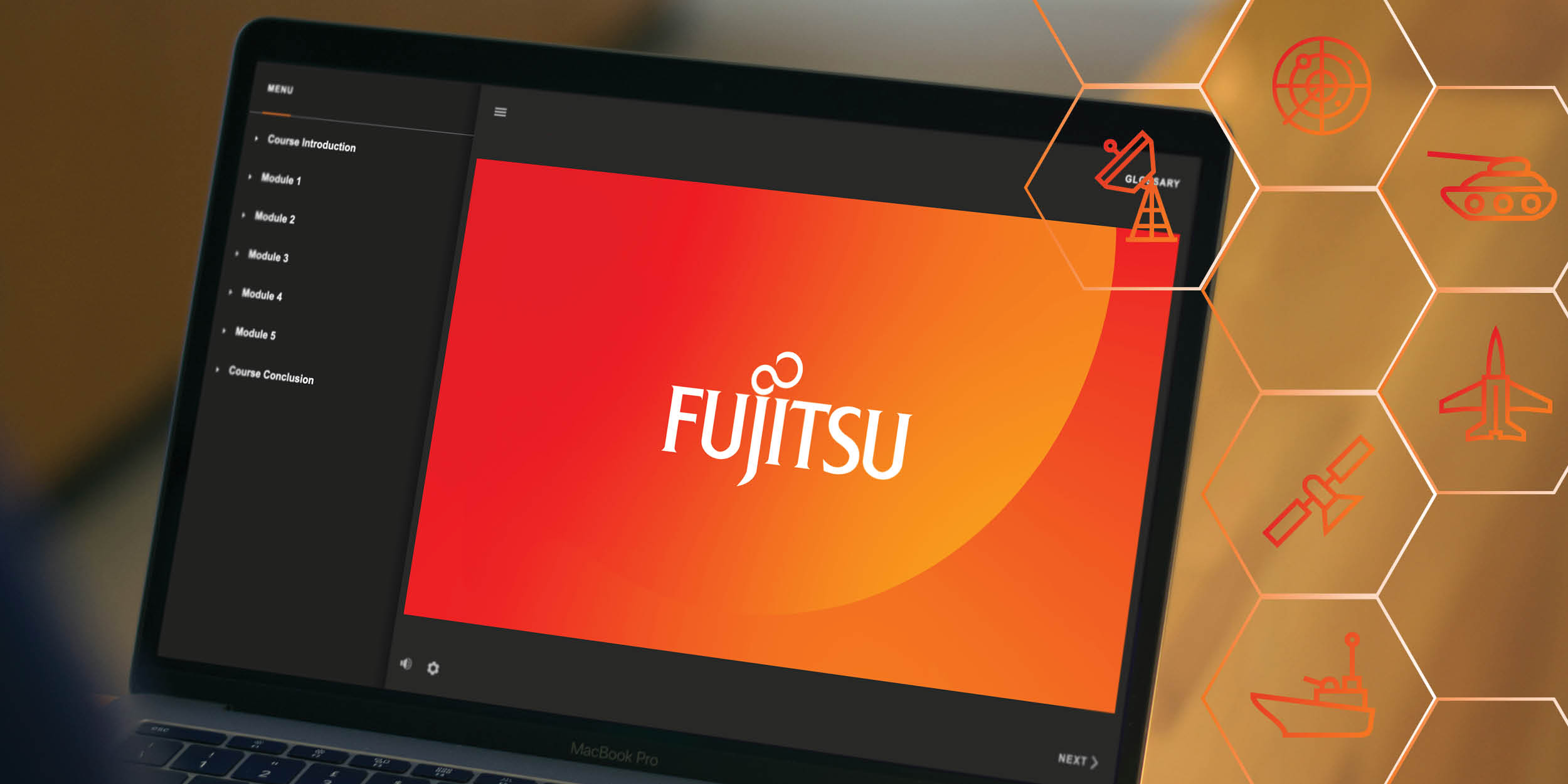Training Implementation & Delivery
Our team boosts workplace performance with innovative, tailored training systems that build capability and deliver results.
To discuss how we can assist you with our training, implementation & delivery services
Innovative, flexible and scalable, our training systems are more than just instructional sessions – they are strategic tools designed to enhance your operational capabilities and keep your projects moving forward.
Our team has the experience to take into account the nuances of your business, creating a tailored training program that not only imparts knowledge but also fosters problem-solving skills and promotes team collaboration.
At Systematiq, we don’t just provide solutions to your problems; we equip you with the knowledge and skills to prevent them.
Trust us to empower your team with the proficiency they need to excel in their roles, contribute to your business growth and ensure the safety and security of the infrastructure they manage.
Experience the Systematiq difference. Let us help you turn training from a requirement into an advantage.
Our Services

SADL Learning Framework
The ADF has developed a learning systems model that applies the ADDIE (Analyse, Design, Develop, Implement, and Evaluate) educational model, through the Systems Approach to Defence Learning, or SADL. Our team utilises this framework to develop, evaluate, and modernise training systems within your enterprise.
Training Analysis
Our team applies best-practice procedures to determine what is required by an employee in the workplace in order to do their job to the standard required. During the analysis process, Systematiq’s Training Consultants identify how these identified skills, knowledge and behaviours will be obtained by the employee. We work with your Subject Matter Experts (SMEs) to analyse the required skills, knowledge and behaviours to complete a Performance Needs Analysis and Feasibility Analysis according to your organisational needs. From this analysis, we provide recommendations and options to support you to make informed decisions regarding your employees’ training requirements.
Training Design and Development
Systematiq is able to provide a wide range of options to support Training Design and Development including traditional instructor-led courses, eLearning or blended learning options. Our Training System Team consists of educational professionals with decades of experience designing and developing courses, applying educational theory and ensuring that courses meet the learner’s needs.
E-Learning
Systematiq has a dedicated eLearning Content Development Team that works within the Training Systems Team to provide best-practice eLearning solutions. They are extensively trained and experienced in a range of eLearning content development programs, including Storyline, Rise, Adobe Creative Cloud, and Well Said Labs, to ensure your training course includes a high degree of media, graphics and interactivity to engage your learners throughout the training.
Our eLearning team works with Systematiq Educational Instructional Designers to ensure that the learning outcomes are focussed on and met in an interesting and engaging manner, to ensure that their newly gained knowledge can then be utilised immediately when they return to the workplace.
Training Delivery
Systematiq’s Expert Training Practitioners provide tailored training solutions that enhance organisational capabilities and skills acquisition. Specialising in Defence, Rail and large infrastructure industries, they blend theoretical knowledge with practical experience to address specific needs. Their unique understanding of defence requirements sets them apart, allowing them to offer industry-specific training that tackles real-world challenges. Systematiq’s training solutions foster collaboration and improve job satisfaction, facilitating talent growth and efficiency. They support all project lifecycle stages, ensuring teams are well-equipped at every phase.
Training Evaluation
Systematiq has qualified and experienced Training Evaluators to evaluate the outcomes of training at Kirkpatrick’s Levels 1 through 4, ensuring that the learners not only engaged throughout the training experience, but are also able to effectively apply the training to the workplace.We work with the learner, their supervisors, and their peers to ascertain if the training has met the required outcomes. This evaluation is then used to improve the training itself, in order to ensure that the best training is delivered to meet your workplace’s needs.
Systematiq Latest News and Case Studies
Read our latest news and get insights on our latest projects
Benefits to our Clients

Systematiq’s Training Systems team possesses industry-leading expertise. This expertise is delivered across commercial, project management, supportability engineering, training, safety assurance and logistics domains; specifically in Defence, Rail & Transport, and Infrastructure within government and the private sector.
We work with your organisation and your budget to build a training program tailored to your business. Contact us to see how we can achieve success for you, your staff, and your company today.
Do you need support to deliver your next project? Systematiq is ideally placed to assist you deliver and achieve a successful outcome.
FREQUENTLY ASKED QUESTIONS
Have questions? You’re in the right place! Explore our FAQs for friendly, straightforward answers about our services, processes, and more. If you don’t find what you’re looking for, feel free to reach out—we’re always happy to help!
What are best practices for E-Learning?
In the evolving field of eLearning, successful implementation is key to achieving desired outcomes. The process involves careful planning, strategic design, and ongoing evaluation. Here are the best practices that can help you design and implement an effective eLearning program:
1. Comprehending your Audience: The first step towards designing an effective eLearning program is to thoroughly understand your learners. This involves gauging their technological proficiency, learning styles, and accessibility needs, thereby enabling you to tailor your program to meet their expectations.
2. Selecting the Appropriate Format: eLearning can be disseminated through numerous channels such as online courses, webinars, and eBooks. It’s crucial to choose the format that aligns with both your content and your audience’s needs.
3. Crafting Engaging Content: Maintaining learner engagement is pivotal. To achieve this, infuse your content with elements of storytelling and reportage. Enhance the learning experience by incorporating multimedia components like videos, audio clips, and interactive quizzes.
4. Embracing a Learner-Centric Approach: Design your eLearning program with the learner as the focal point. This strategy prioritizes the learner’s needs, preferences, and experiences, fostering a more personalized and effective learning journey.
5. Incorporating Regular Assessments: Assessments are instrumental in measuring the efficacy of your eLearning program and monitoring the progress of your learners. They yield valuable feedback that can be harnessed to refine and optimize your eLearning program.
6. Providing Comprehensive Support: Equip your learners with robust support throughout their learning journey. This could span technical assistance, tutoring, or supplementary resources for independent study.
7. Evaluating the Program Regularly: Periodic evaluation of your eLearning program is vital to ensure alignment with its objectives. This can be achieved through surveys, feedback, and data analysis of learner metrics.
8. Advocating Communication and Collaboration: Foster a sense of community among learners by encouraging them to communicate and collaborate. This not only enhances the learning experience through shared knowledge but also fosters camaraderie among learners.
9. Ensuring Flexibility: eLearning programs should be flexible enough to accommodate the diverse needs and schedules of learners. This encompasses offering self-paced learning options and mobile-friendly content.
Designing and implementing a successful eLearning program is an ongoing process that requires continuous improvement and adaptation to changing learner needs and technological advancements.
What is the difference between E-learning and traditional learning?
E-Learning, a learning delivery method that was invented in the 1990s, uses digital technology for flexible, self-paced education via online courses and virtual classrooms. In comparison, traditional learning employs in-person, structured instruction in classrooms.
The key difference lies in their delivery mode. E-Learning requires digital literacy and reliable internet but lacks the personal interaction of traditional methods. Conversely, traditional learning promotes active participation and immediate feedback, but can be less flexible and more costly. The choice between these two hinges on learning objectives, learner preferences, resources, and context.







